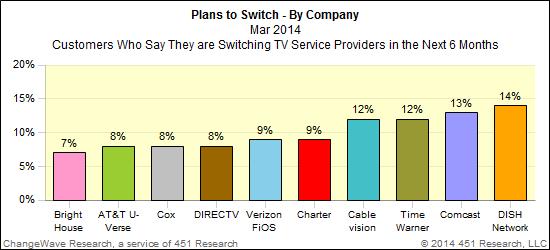Contact: Brenon Daly
Having largely worked through an internal cleanup of its operations, Juniper Networks is now looking to shed some of those operations. The networking gear provider recently divested its Junos Pulse to private equity newcomer Siris Capital, pocketing an unexpectedly rich $250m for its mobile and network security division. With Junos Pulse off the books this quarter, we suspect that Juniper will now turn its attention to cutting the cord on Trapeze Networks.
The rumored divestiture of Trapeze (if it indeed comes to pass) would unwind Juniper’s $152m purchase of the WLAN gear provider back in November 2010. (Ironically, Juniper picked up Trapeze when it was divested by Belden.) Although Belden actually turned a (slight) profit on its ownership of Trapeze, we doubt that Juniper will come out ahead on any divestiture because Trapeze has lost much of its standing in the WLAN market. (Even Juniper seems to have acknowledged this, inking a rather involved partnership with WLAN rival Aruba Networks last month.)
Juniper’s moves come as the 18-year-old company faces pressure from activist hedge funds to pick up its performance. (Juniper shares have basically flatlined over the past decade, and have underperformed rival Cisco Systems more recently.) So far, Juniper has focused its efforts on its cost structure, cutting more than 400 jobs over the past year and consolidating its real estate holdings, for instance.
Fittingly for a company under scrutiny from Wall Street gadflies, Juniper’s cost savings have been put toward ‘shareholder friendly’ expenses, such as funding an increased share buyback as well as a newly announced dividend program. We would add that Juniper’s cash, which totals almost $4bn on hand, isn’t going toward M&A. The company hasn’t announced an acquisition in 2014. As things stand now, given Juniper’s focus on its financial operations, we could well imagine that the company will be a net seller – rather than buyer – of businesses this year.
For more real-time information on tech M&A, follow us on Twitter @451TechMnA.

